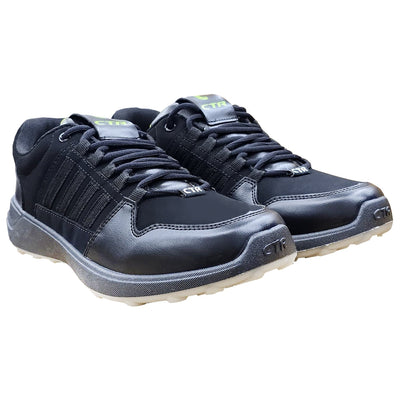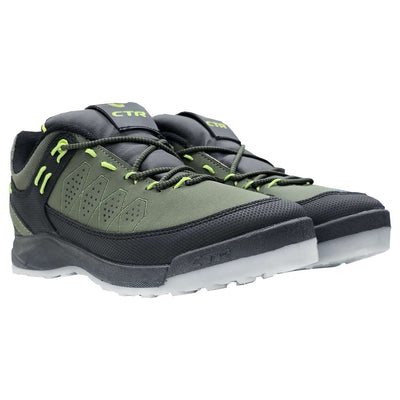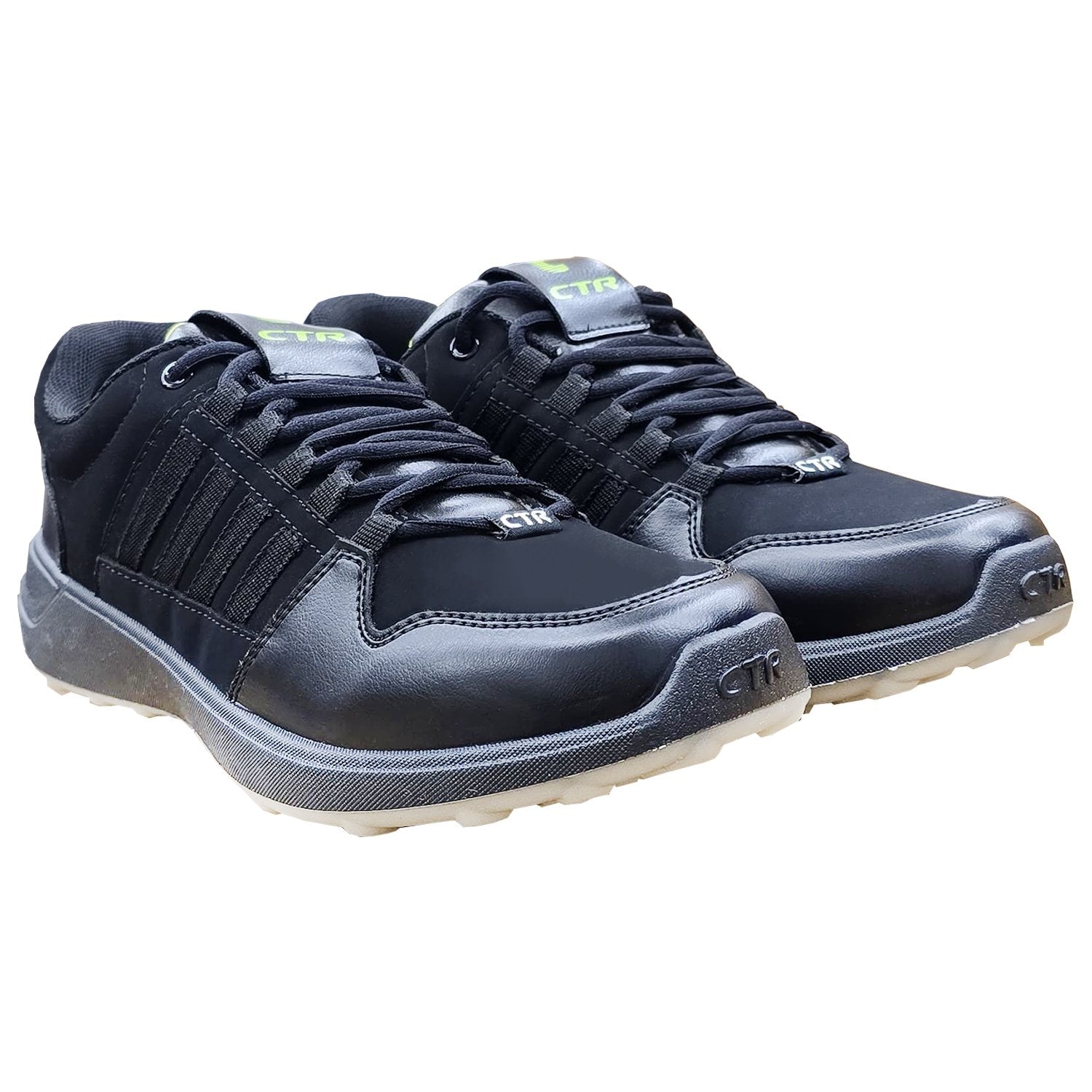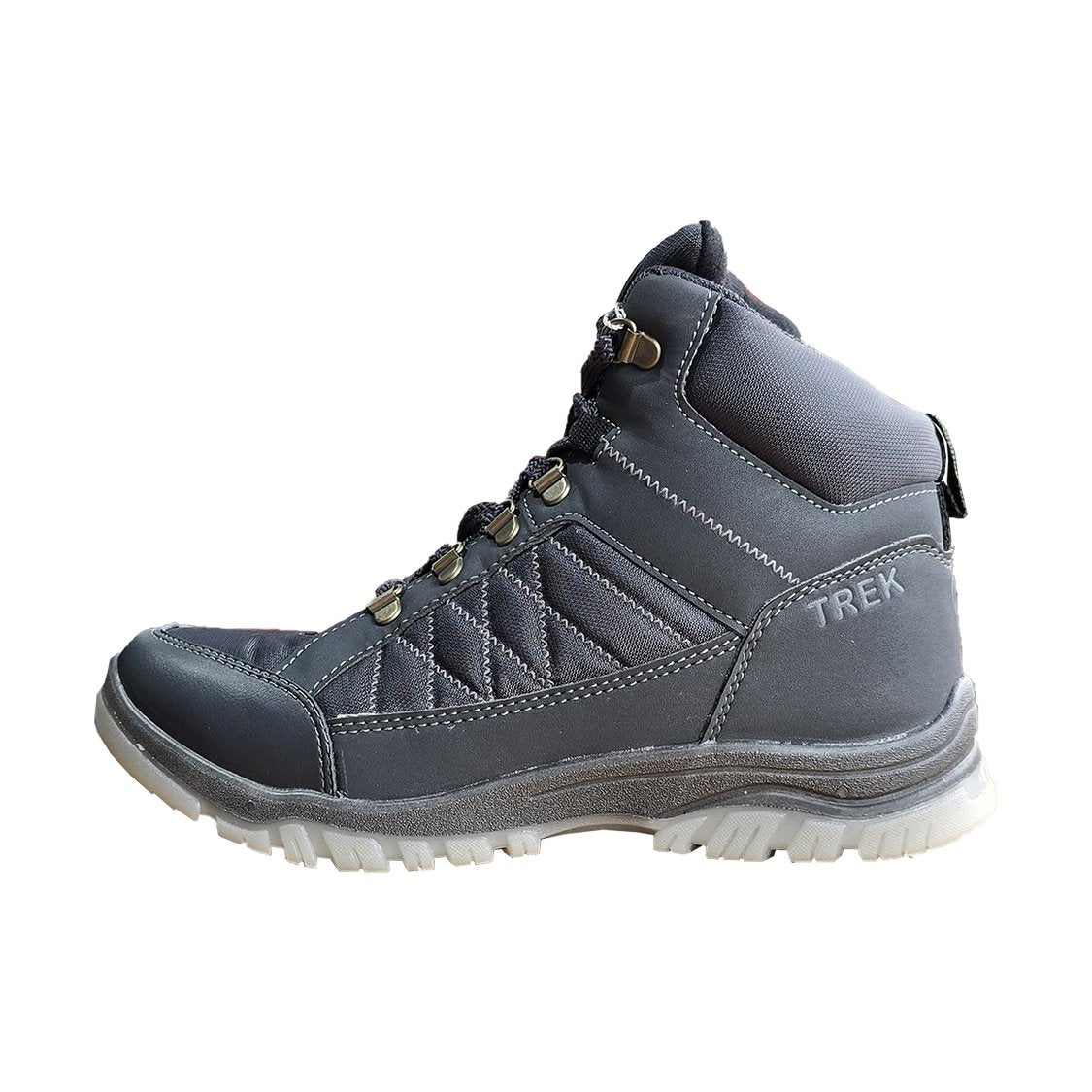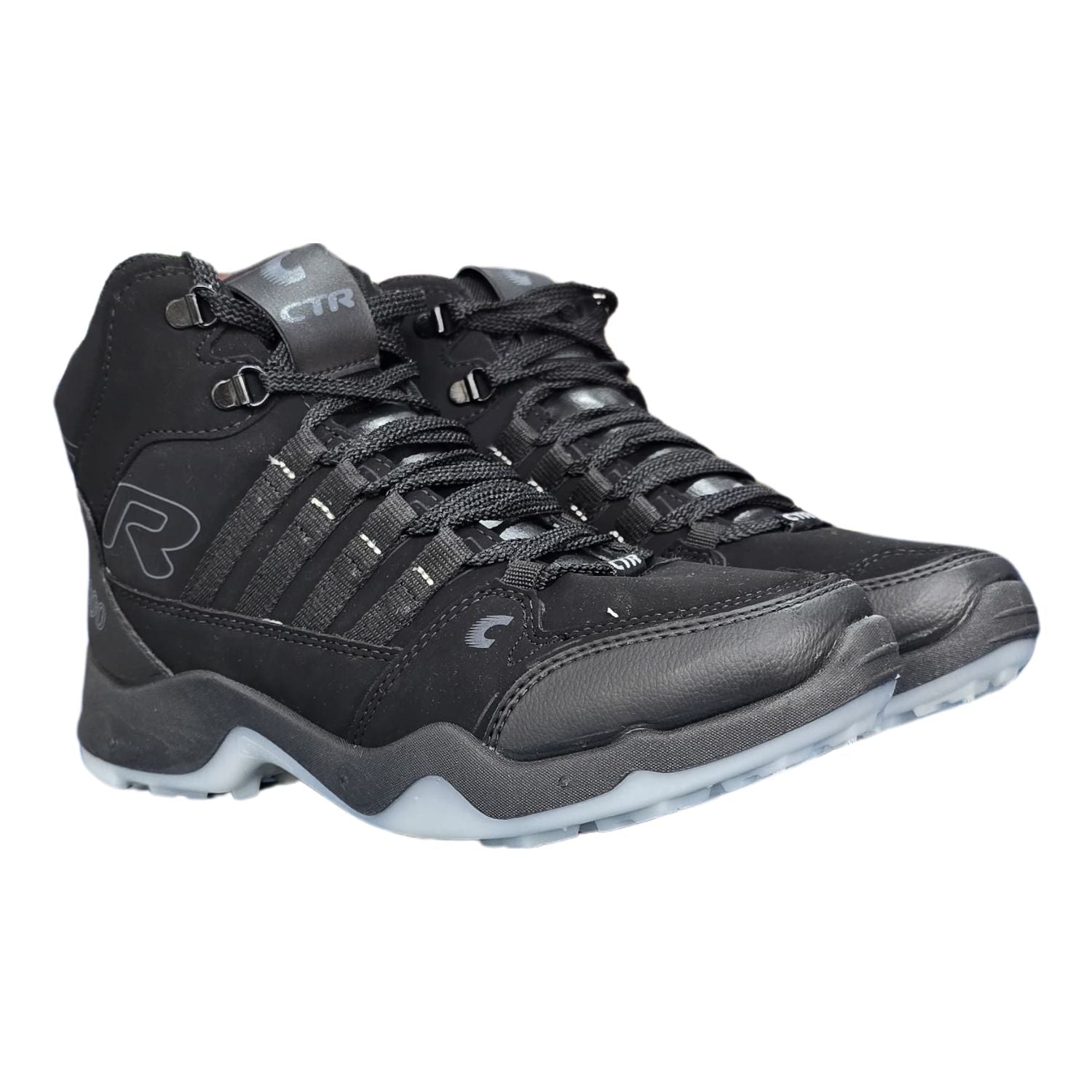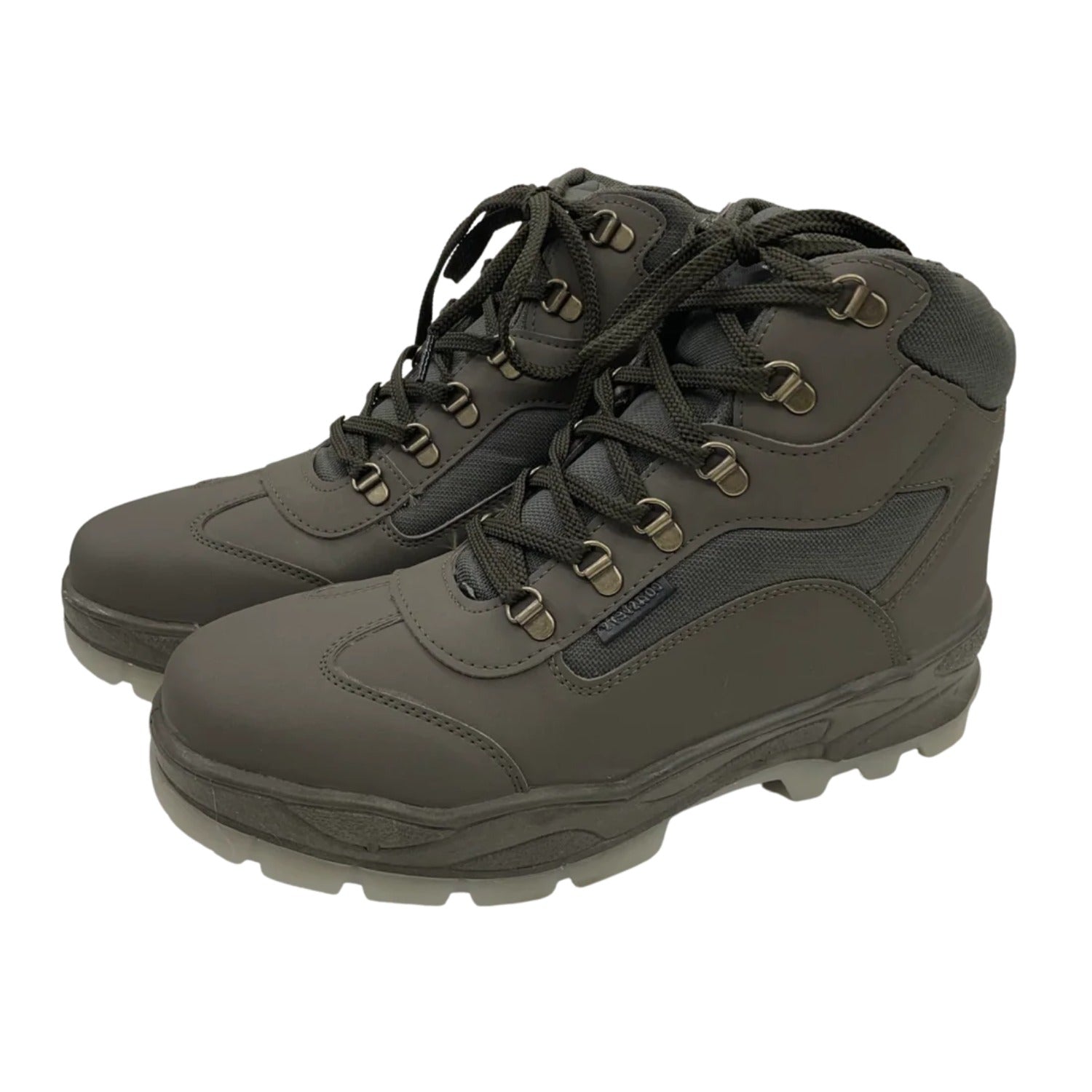How to Find Your Perfect Fit for Your Next Adventure
Whichever outdoor activity you choose, the right choice of footwear can make all the difference between a comfortable trek and an arduous journey. Be it a challenging hike or an icy expedition in winter, choosing the right trekking shoes will determine the performance and safety of every adventure. This guide will help you understand how to choose the best fit for your next adventure.
Understanding the Importance of Proper Fit
Fitting, much like functionality, is a very important aspect of outdoor footwear. Trekking or hiking shoes should provide the right balance between comfort, support, and protection. Proper fitting protects you from blisters, discomfort, and possible injuries arising during activities. Poorly fitted shoes can result in a host of problems ranging from chafing and hotspots to joint strain and foot injuries.
Shop Our Most Durable Trekking Shoes
Fundamentals in Ensuring the Best Fit
Measuring Foot Size and Shape
The first step in ensuring the right fit for your shoes would come by measuring your feet properly. A recent measurement should be taken for accurate fitting. Remember that sizes may vary between brands, so always try on your shoes before buying. Consider the shape of your feet, because some shoes have different widths for different arches to suit different shapes of feet.
Try Shoes with the Right Socks
Try on hiking shoes with the kind of socks you would wear on an adventure. Wearing different kinds of socks makes a difference in the fitting of your shoes, and proper socks help you attain a better fit without causing friction and pain.
Check for Proper Toe Room
Ensure there is enough space in your trekking shoes at the toe box. There should be enough space to wiggle your toes inside without feeling cramped. This is quite important in downhill trekking, where the foot will slide forward and needs more space for comfort from bruising and discomfort.
Check for Support and Stability
Support and stability are the main concerns when choosing the right pair of hiking shoes. Watch for features such as reinforced heel support, arch support, and cushioning that serve your needs best. The right amount of support will boost comfort and performance on hilly or uneven grounds.
Consider the Terrain and Weather
Different terrain and conditions will require specific features in your shoes. For glaciated or snow-covered paths, crampons can be an addition to your hiking shoes. Make sure that any shoes you purchase have such accessories and also provide adequate traction and insulation for the conditions at hand.
Testing and Breaking In
After selecting your shoes for hiking, make sure to break into them properly. Wear them for short periods around your home or on local walks before taking them on a long adventure. This helps make sure they mold to your feet and become more comfortable over time.
Conclusion
It's all about the right fit: size, shape, support, and functionality. Whether it's trekking shoes, hiking shoes, or attaching crampons to the shoes, getting the right fit ensures a successful and enjoyable outdoor experience. Following these guidelines will prepare you to confidently and comfortably take on your next adventure.
Discover your perfect fit in hiking shoes at Gokyo Outdoor Clothing & Gear. With the best trekking shoes, you can embark on your journey without worrying about your feet.
Frequently Asked Questions FAQs:
-
Why is finding a perfect fit important in outdoor footwear?
Correct fitting of trekking or hiking shoes is essential in terms of comfort and avoiding possible injuries. Properly fitted footwear would help you avoid problems such as blisters, hotspots, and joint strain, hence boosting your experience and performance outdoors.
-
How do I measure my feet to find the right fit?
Use a foot ruler or measuring tape to get exact foot measurements. The end of the day is the best time for this because the feet are slightly swollen then. Remember your foot shape and try on various brands as the sizes of each brand differ.
-
What should I look for in the toe box of hiking shoes?
When selecting trekking shoes look for space around the toes area as this will save you from bruises and tight toes. You will want that extra space while trekking downhill.
-
How do I choose hiking shoes according to terrain and weather conditions?
Choose features that are right for the terrain and weather conditions. If the hike would be on ice or snow, they should be crampon-compatible. In conditions of varying insulation, the shoes should have good traction and materials to resist bad weather.
-
How important is it to break in your hiking shoes before going on a long trip?
Breaking in your hiking shoes well in advance before a long trip is important so they mold themselves to your feet for comfort. Wear them for short periods and on local walks to avoid blisters and discomfort during your adventure.
-
How can I make sure that my hiking shoes give me enough support?
To ensure your trekking shoes offer the right level of support, check for a strengthened heel and good arch support with cushioning. Look at how they feel in a few test walks and also consider any added support that may be necessary based on the terrain and hike length.





